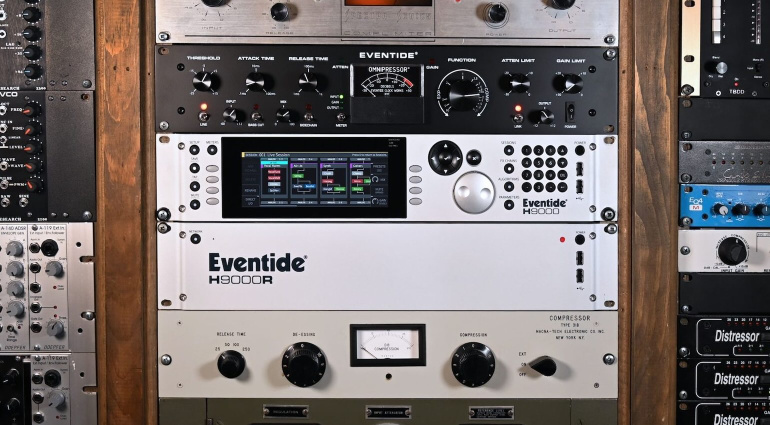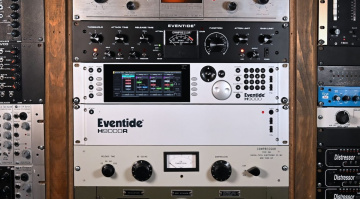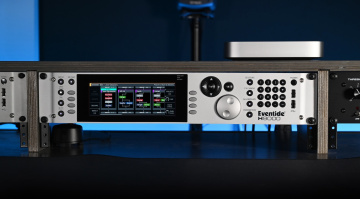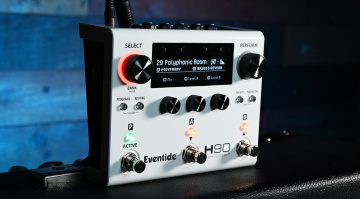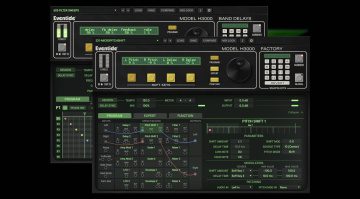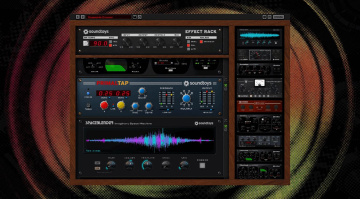Eventide H3000 Alternatives: Sounds of the famous Ultra-Harmonizer
One of the most iconic effects units ever designed.
We check out a range of different Eventide H3000 Alternatives, from software plugins to multi-effects pedals and rack units for your studio.
In this Article:
The H3000 Ultra-Harmonizer
Back in the mid-1980s, the H3000 Ultra-Harmonizer was introduced, shaping the path for DSP-based effects processing for years to come. The processing system consisted of an 8-bit Motorola 6809 host platform and three TI TMS32010 DSP chips, which may not sound like much by today’s standards.
However, in 1986, the ability to build multiple custom effects chains within a single effects unit was revolutionary, and the effects algorithms themselves became a timeless part of the fabric of recorded music. The sound of the H3000 was widely used by guitarists, but it truly became the definitive vocal processor of the 1980s.
The quality of the pitch algorithms was ahead of its time, giving producers and engineers the power to pitch and layer vocals to create massive stacks to make the chorus of any song stand out. For this reason, the H3000 remains relevant in modern music production in various software and hardware formats.
H3000 Alternatives: Eventide H3000 Factory Mk II
When you want the exact sound of the H3000 in your DAW, Eventide has carefully recreated every aspect of the famous hardware unit, including the sound of the AD/DA converters. The H3000 Factory Mk II gives you access to a selection of algorithms from the original, with a library of over 600 presets and a flexible modular interface to build your effects chains.
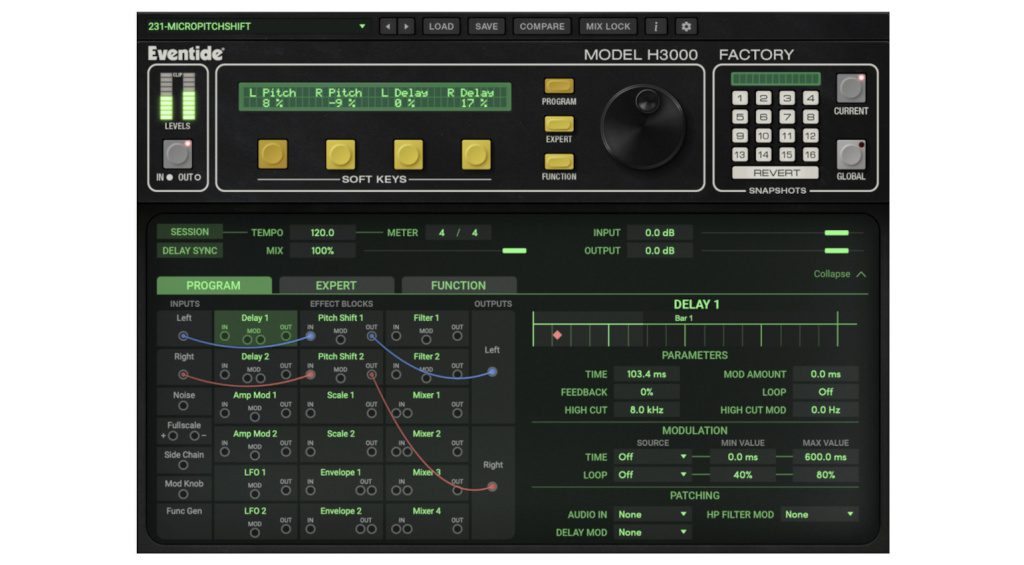
You can build chains with up to 18 individual effects blocks in the Program tab, and the Expert tab lets you dive deep into the settings for precise control over each processor. What’s more, the Function tab works in a similar way to the modulation matrix of a synthesizer, giving you 19 waveforms with which to control different parameters.
The UI is flexible and easy to navigate, because you have quick access to all the areas of the plugin, and the Global snapshot buttons let you instantly recall some of the basic bread-and-butter settings, while the assignable Soft Keys act like macros. Overall, the H3000 Factory Mk II is a great way to access the classic sound in your DAW.

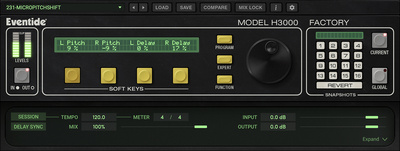

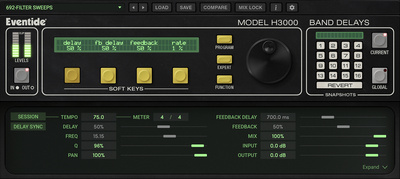
H3000 Alternatives: Soundtoys
Did you know that the developers of some of the H3000’s legendary algorithms went on to form the company called Soundtoys? Through the innovation of its plugin interfaces that allow you to make those happy sonic mistakes, and the undeniable sound quality, of course, Soundtoys became a household name among DAW users.
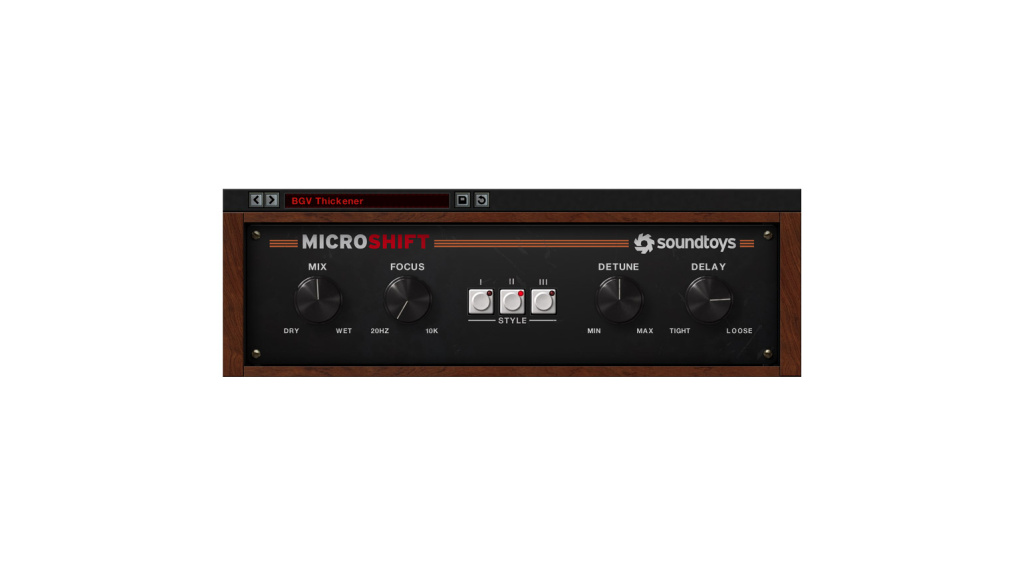
Despite the immense range of the H3000, it was used most often to create subtle detuning effects that widened the stereo of vocals, guitars, and synths. So rather than creating a monster plugin, overloaded with features, Soundtoys created the MicroShift, a simple plugin with algorithms based on two presets from the H3000, and one based on the AMS DMX 15-80S.
Another H3000 sound that inspired a Soundtoys plugin was the Reverse Shift algorithm, which was used on numerous hit records in the 1980s. The plugin in question is the Crystallizer, a granular echo processor that combines vintage pitch-shifting with granular slicing to create a truly remarkable processor, capable of amazing sound design effects.




H3000 Alternatives: H90 and H9
The more recently launched H90 and its longstanding predecessor, the H9, give you ways to build complex effects chains from within a convenient and highly portable guitar pedal format. The newer H90 is equipped with dual stereo I/O processing paths, and you can layer two of the 70+ algorithms per Program.
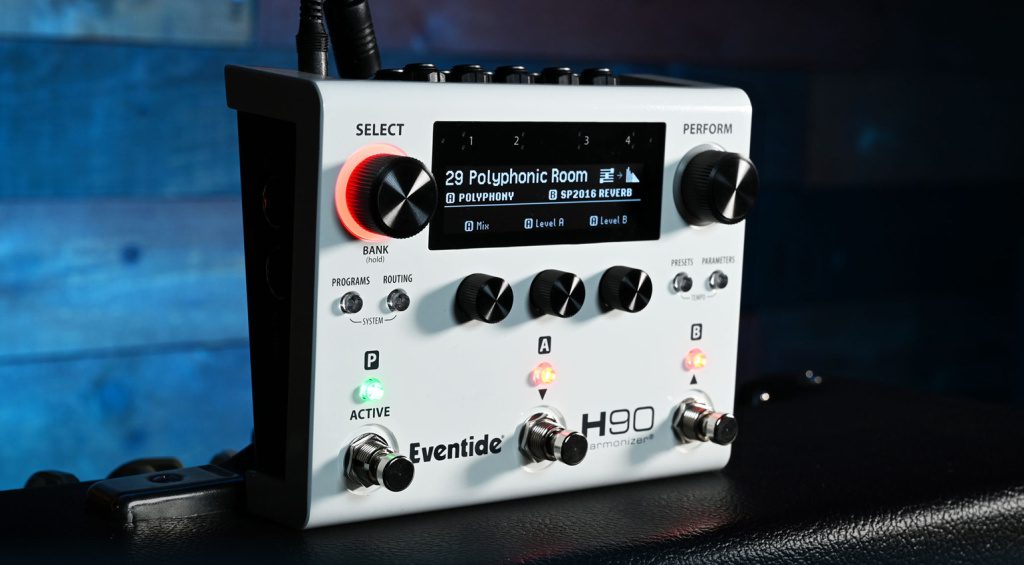
All the H9000-inspired algorithms from the H9 are included with the H90, and you have a few more knobs that provide hands-on control rather than being restricted to the mobile app. You also have the flexibility to use the effects in series or parallel processing modes, and you can even add external effects with the insert points, which can be placed at different stages in the signal path.
While both the H9 and H90 are expensive in their respective categories, the quality of the effects algorithms is outstanding. Although one might argue that you could do much of this in your DAW, the same could not be said for working with signals in a live performance context. Overall, the H90 and H9 provide a wealth of creative effects that can provide inspiration every time you switch them on. Get it at Thomann.*

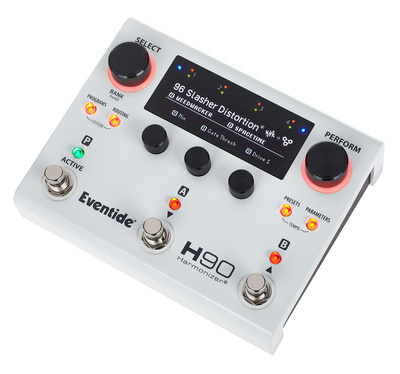

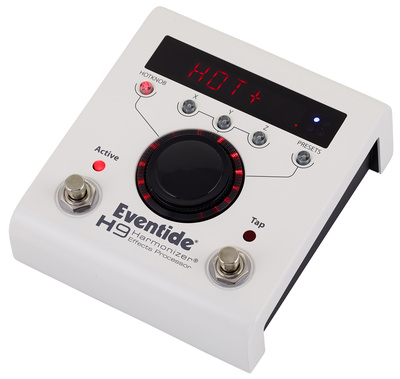
H3000 Alternatives: Eventide H9000
When your project has little or no budget constraints and only the best will do, the H9000 remains the choice of professionals for its immense processing power and routing capabilities. The H9000 continues the legacy of the famous Harmonizer series of effects units, with eight channels of analogue I/O, and up to eight channels over AES/EBU, ADAT, and S/PDIF.
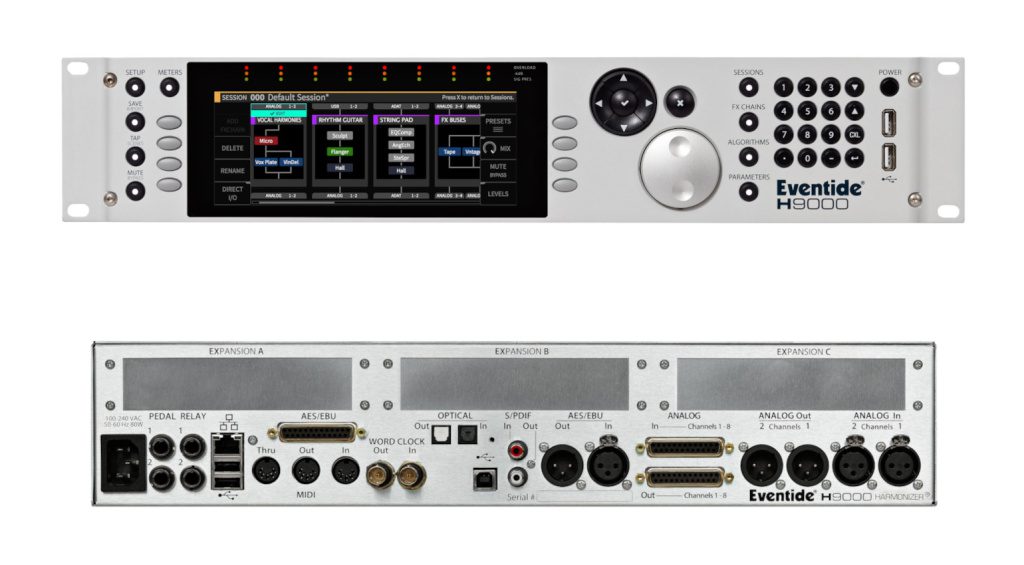
With the H9000, you get over 16000 different effects algorithms, and it processes audio at up to 96 kHz with 16 channels of audio over USB. In addition, there are three 32-channel expansion slots for Pro Tools HD, Dante, or MADI connectivity, so you can use the H9000 in any audio setup you can think of.
Its 16 DSP engines are spread across the four quad-core ARM processors, giving you an unparalleled dedicated platform for effects processing. What’s more, the H9000 offers compatibility with VSig and MAX 4 Live, so you can build your own custom effects to work in tandem with the Eventide algorithms. Get it at Thomann.*



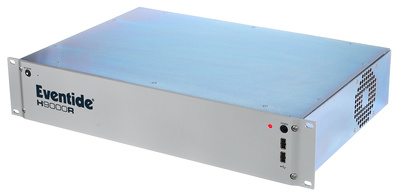

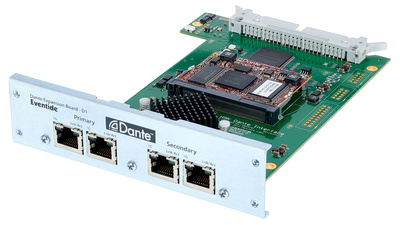

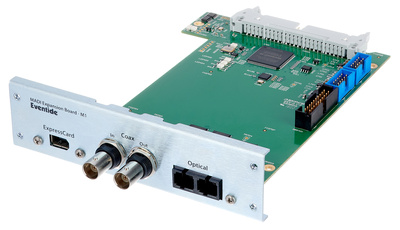
More about Eventide H3000 Alternatives:
*Note: This article contains promotional links that help us fund our site. Don’t worry: the price for you always stays the same! We will receive a small commission if you buy something through these links. We appreciate your support!
 4,3 / 5,0 |
4,3 / 5,0 | 